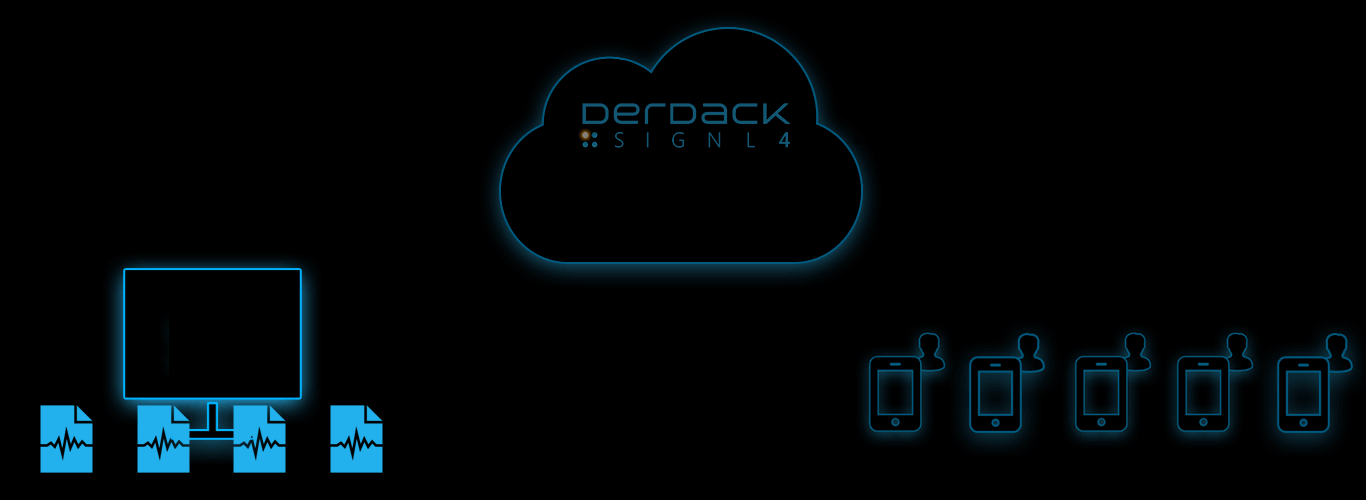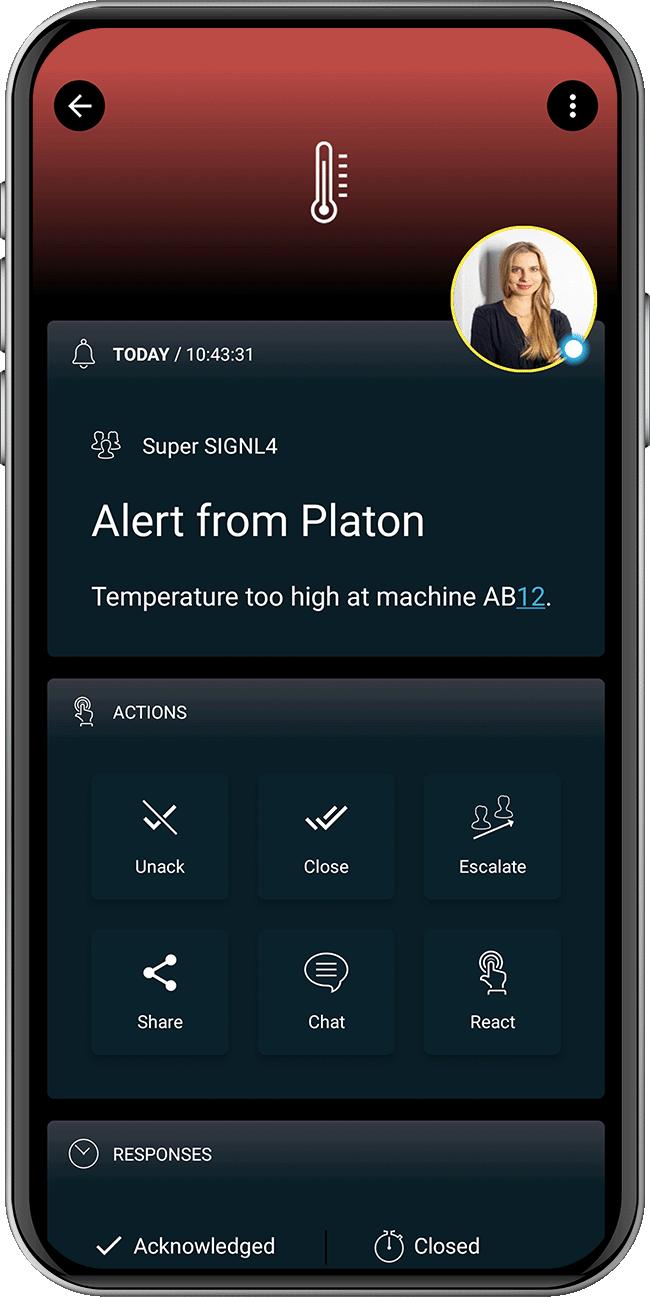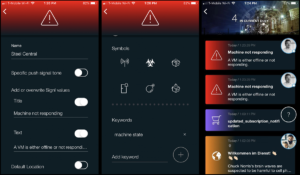
Mobile alerting with tracking & escalation for Axonize
![]() Why SIGNL4
Why SIGNL4
Axonize has fully transitioned into Planon’s open platform for real estate and facility management professionals and is also referred to as Planon’s IoT-enabled building management software. It is a no-code, smart enterprise IoT platform for connecting, monitoring and analyzing an unlimited number of devices, sensors and protocols. It offers full-dashboard functionality, customizable rules, predictive maintenance, alerts and charts to monitor and analyze data from multiple devices and applications, all within a single portal.
Pairing this powerful IoT platform with SIGNL4 can enhance your daily operations with an extension to your team on the shop floor or in the field.
![]() How it Works
How it Works
All it takes to pair Axonize and SIGNL4 is a web-service action you can configure as part of a rule in your Axonize portal. This will send the respective data to SIGNL4 and thus to alert the responsible team.
![]() Integration Capabilities
Integration Capabilities
- Service engineers alerted via mobile push, text and voice
- Integration with SIGNL4 via webhook or email (SMTP)
- Staff can acknowledge and take ownership for critical events that occur
- Alerts are escalated in case of no response
- Communicate within an alert to address a particular problem
- Tracking and visibility of problem solutions
- Integrated on-call duty planning
- Alert on critical IoT device states
![]() Scenarios
Scenarios
- Industrial IoT
- Industry 4.0
- IoT Service Alerting
- IoT Device Management
- IT, Manufacturing, Utility, Oil and Gas, Agriculture, etc.

Tickets and Incidents are sent to SIGNL4
Event categorization, routing and automated delivery
Persistent Notifications by push, text and voice call with Tracking, Escalation and Confirmation to Staff on Duty
HOW TO INTEGRATE
In our example we use an already existing temperature sensor to generate our data. We focus on the rules part to send out alerts to a SIGNL4 team when the temperature is too high.
SIGNL4 is a mobile alert notification app for powerful alerting, alert management and mobile assignment of work items. Get the app at https://www.signl4.com.
Prerequisites
A SIGNL4 account (https://www.signl4.com)
A Axonize account (https://planonsoftware.com/uk/software/planon-platform/axonize-is-now-a-planon-company/)
In the Axonize portal under Devices we have already created some devices. We focus on the temperature / humidity sensor here.
Now you can create a new rule under Rules. Under General you can give a name and a description for the new rule and unter Time you can just leave the default settings.
Under Conditions we specify our condition for this rule. In our case we say that the temperature of our sensor device must be greater then 20 degrees in order to trigger this rule.
Under Actions we add the new action “Send to web service”. Here we specify the following parameters.
POST: The SIGNL4 webhook URL including your team secret.
Headers: Content-Type: application/json
Body: The JSON representation of your alert data. You can also specify dynamic data here, for example {deviceName} or {value}.
In our example we use the following JSON data.
{
“Subject”: “Alert from Axonize”,
“Body”: “Temperature too high on device {deviceName}”,
“Temperature”: “{value}”,
“X-S4-Service”: “Temperature”,
“X-S4-Location”: “52.3984235,13.0544149”,
}
This is it. You can now test your IoT scenario by simulating an appropriate event. You will then receive an alert in your SIGNL4 app.
ALERT OPTIMIZATION
SIGNL4 can further increase the visibility of alerts through its Signals and Services section. Augmenting the color and icon of alerts will provide more relevant information at a glance without having to open the alert.




